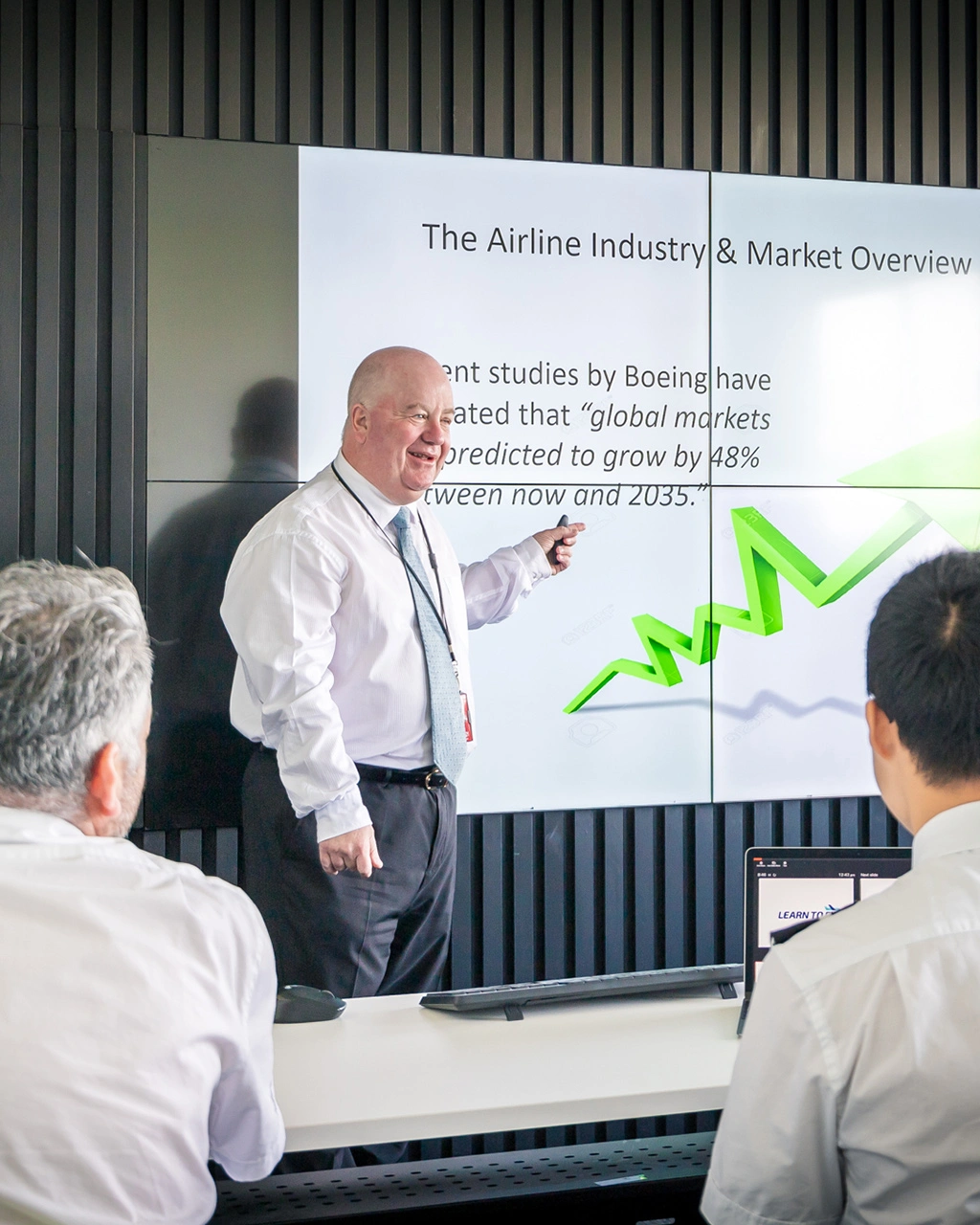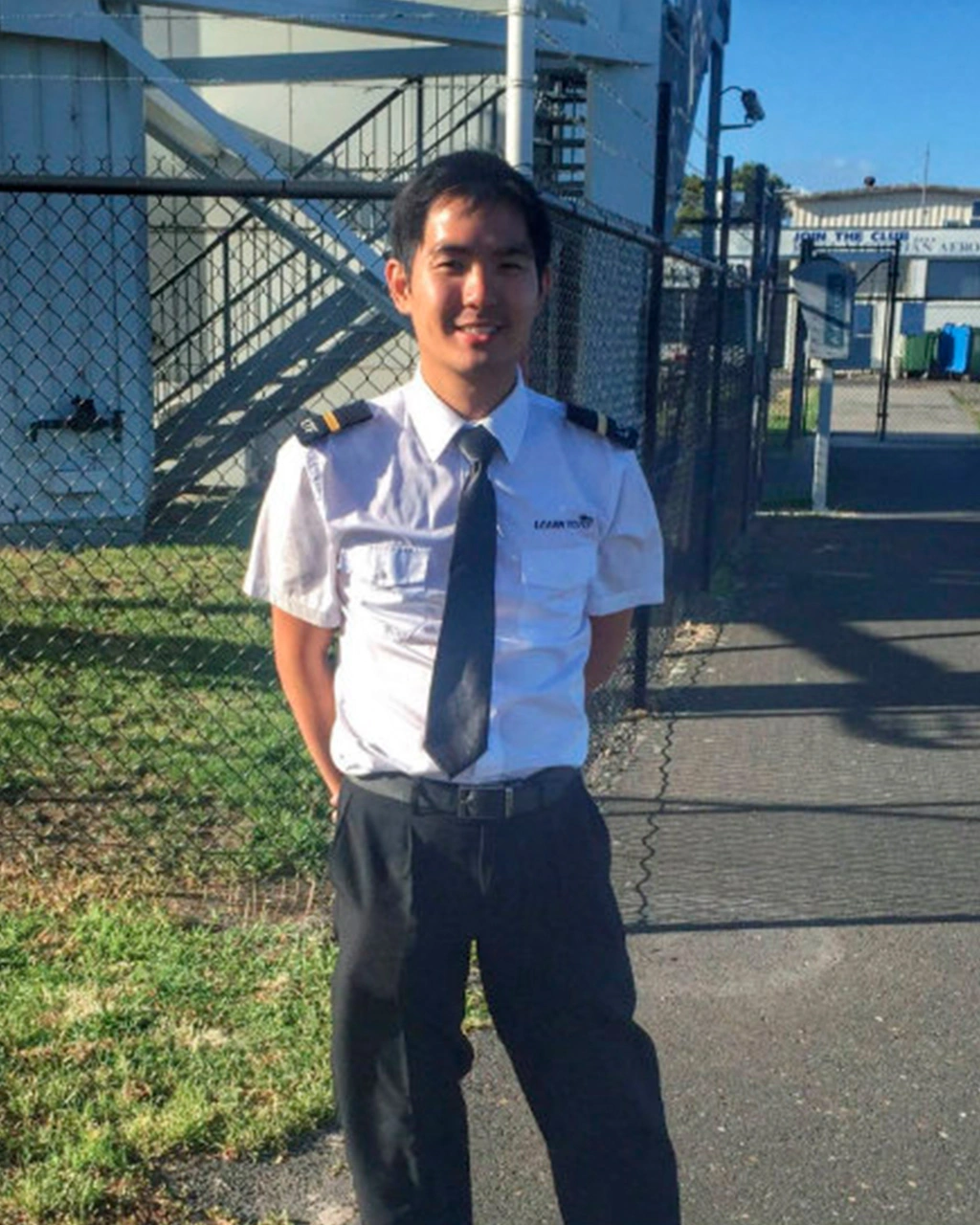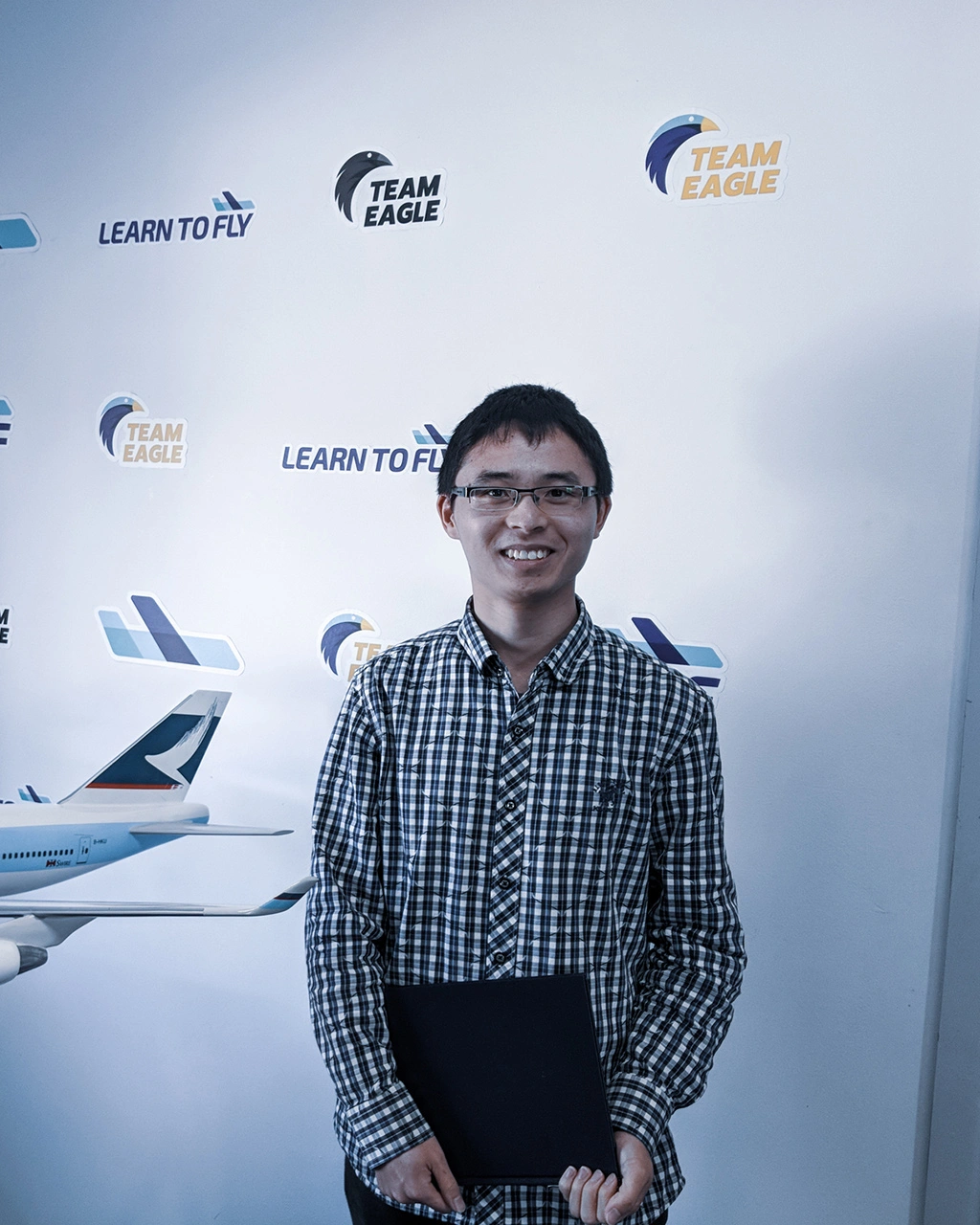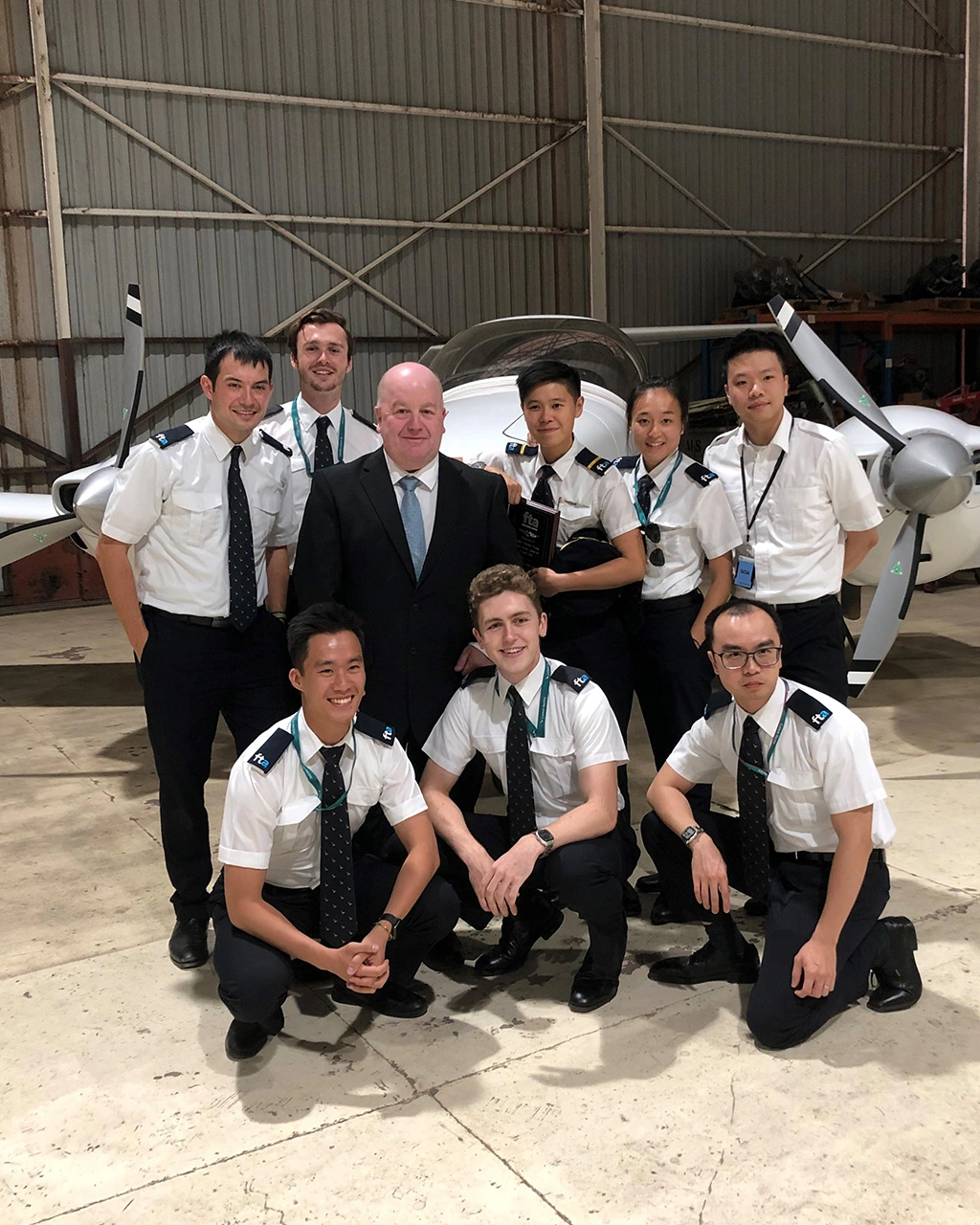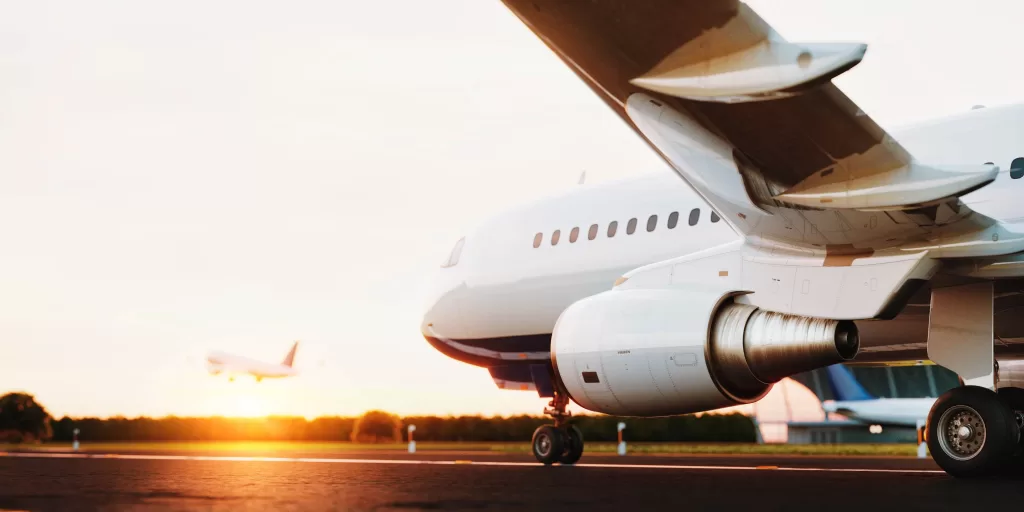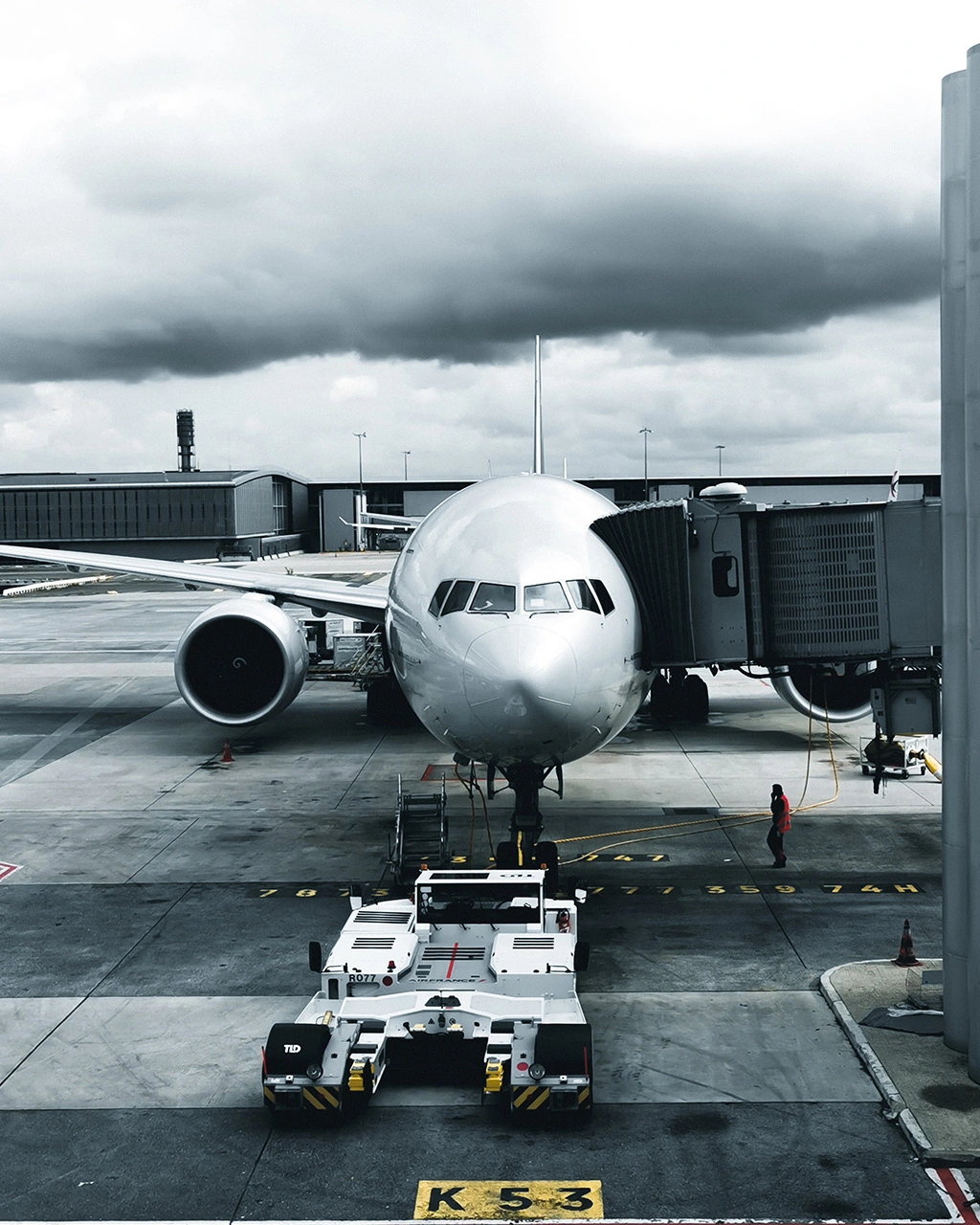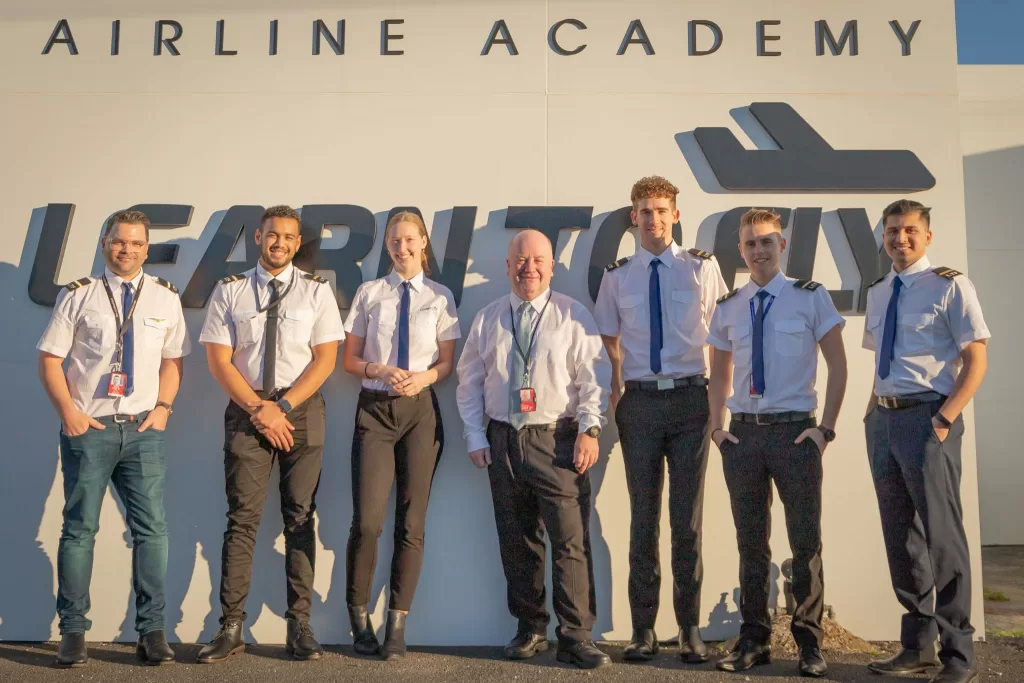What are some of the most underestimated pilot interview questions?
As a result of airline interview preparation courses with ACS – Aviation Consulting Services and Learn to Fly, we have had many successful candidates who are now flying large turboprop and jet airliners with airlines around the world. We have assisted candidates through the interview process, and successfully improved both preparation techniques and interview performance.
Let’s take a look at some overall preparation tips, as well as some specific pilot interview questions that we have found are underestimated at times.
Overall Preparation: The Earlier The Better
As always, the key to any interview is preparation, and the earlier you start this the better.
It’s important to take into account your interview lead up time. If the interview date is within 1 month, then a lot of preparation is essential. It is essential to step back from initial individual or group preparation sessions and think about your responses. You are then able to develop or evolve more complex answers, and display more knowledge depth during interview.
Most applicants know that they need to get their practical and theoretical flying knowledge right. On top of this though, for many airlines the HR questions play an important role. It is these HR pilot interview questions that we have found often get mistakenly seen as a low priority.
Over the previous 2 years with more than 75 airline job offers from 8 major airlines, the typical successful candidate started their HR preparation at least 6 weeks before the interview. Ideally this time frame is at least 8 weeks. Starting that far in advance allows enough time to develop a strong, well thought out and prepared candidate.
Top 6 Underestimated Questions During Pilot Interviews
Through experience, a number of broader areas and specific pilot interview questions have become apparent. It is these concepts that candidates need to develop further more consistently.
At times the focus can be strong on standard yet obvious questions, such as:
“Why should we employ you?” or
“What are you going to get from working for our organisation?”
Other questions tend to remain underestimated and therefore require more consideration. The top 6 questions during pilot interviews that consistently require more consideration are as follows:
1. Discuss your understanding of the role you are applying for
2. Where do you see yourself in the long term ie 5, 10 and 20 years from now?
3. What has been the most satisfying part of your career so far?
4. Discuss a time when you have been under pressure, and how did you overcome this?
5. What is your PLAN B if you are unsuccessful today?
6. How can your role as a pilot be used to improve the customer experience, and our product?
Whilst the HR components for different airlines have differing focuses in their pilot interview questions, reviewing these areas will give you a great overall base to answer most questions. Developing responses to these will allow you to present as a more well thought out candidate, and ultimately, will make you seem a better person for the job than other less considered applicant responses.
Our Airline Interview Preparation Courses
Captain Darren McPherson from ACS – Aviation Consulting Services is our specialist airline interview consultant. He runs our highly successful airline interview courses, which includes the Future Cadet Pilot Program (FCPP) and Airline Interview Coaching Session.
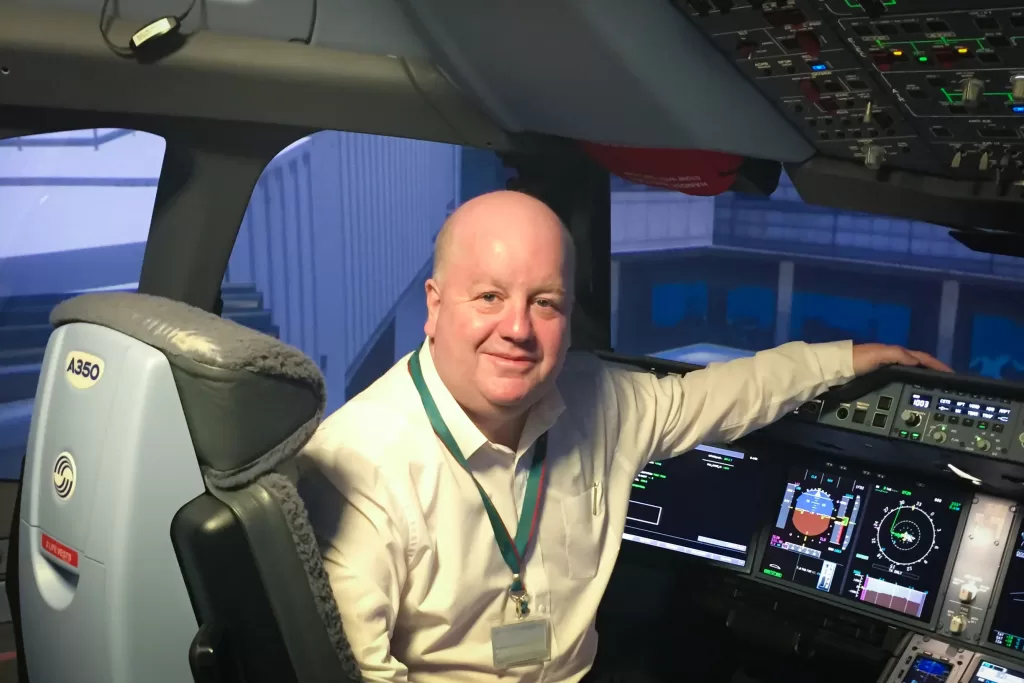
Learn To Fly’s Airline Pilot Interview Programs have been created specifically to give airline pilot applicants the best possible preparation. The Future Cadet Pilot Program (FCPP) also offers practical flying training, which makes a valuable addition to your technical knowledge.
For further information or to register your interest, email hello@learntofly.com.au or visit https://drift.me/learntofly/meeting to book a meeting and school tour.









